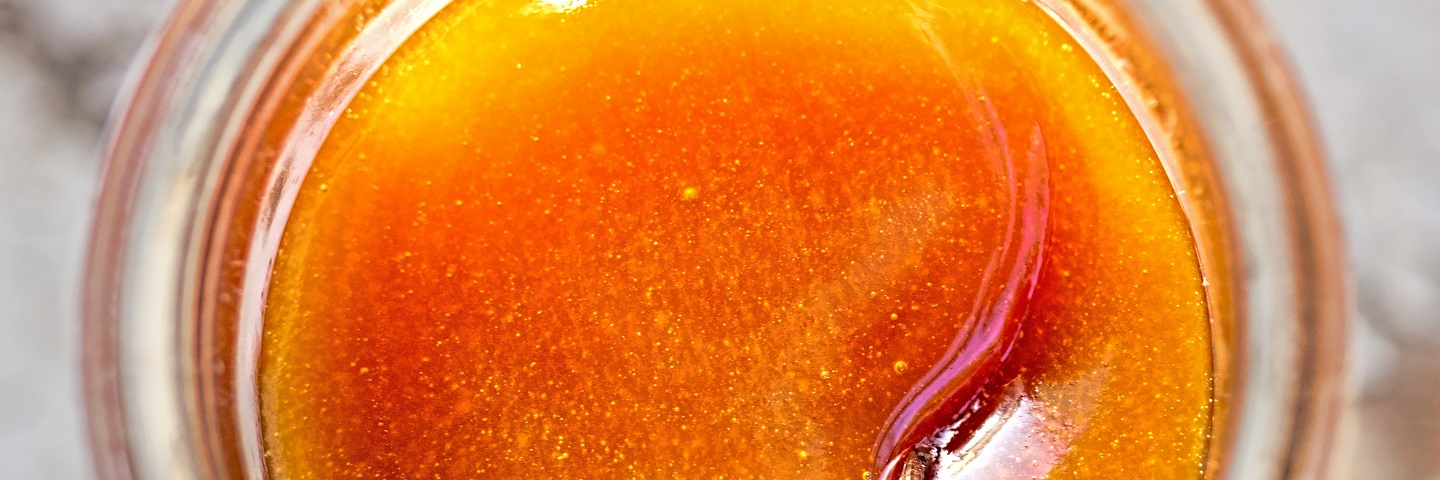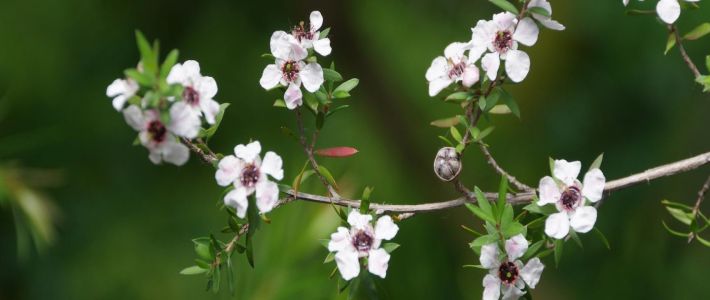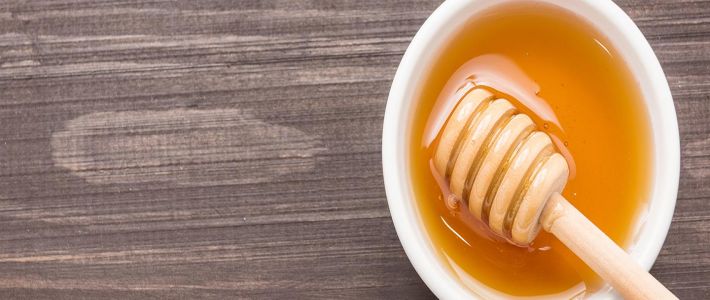
Visit our other sites
-
Fapas - Proficiency Testing
Globally recognised provider of proficiency tests, running over 400 tests annually across an extensive range of matrices and analytes
-
Great Crested Newts Testing
A single sample taken by an ecologist at any time during the newt breeding season can determine their presence or absence, saving you time and money

Method Used
UPLC-UV-DAD
Accreditation
ISO 17025
Standard Turnaround Time
10 working days
Fera honey analysts use industry leading techniques and cutting edge technologies to establish levels of the marker compound leptosperin within your Manuka honey samples. Through this analysis, the authenticity of your Manuka honey can be assessed against the findings of international research programmes and industry standards.
As a high value product, Manuka honey is regularly adulterated, blended and diluted. Fera offers chemical and microbiological analysis - including the new Leptosperin Manuka specific marker test - to confirm the authenticity of honey labelled as 'Manuka'. All analyses are fully validated and performed to current industry standards. Fera is the Unique Manuka Factor Honey Association (UMF® Honey Association) key science partner in the UK, acting as an official testing laboratory for independently verifying the UMF® rating of Manuka honey.
Leptosperin is a naturally occurring chemical, found only in the nectar of Manuka plants (and a few very close relatives) and can therefore be used to confirm the authenticity of honey labelled as 'Manuka'. It was first identified (and patented) by Japanese researcher Kato in 2014. Leptosperin concentration is stable over time, and therefore measuring its concentration in honey is an ideal way of identifying whether the honey comes from Manuka flower nectar, and whether it can be labelled as Manuka, a Manuka blend, or as a multi-floral honey.
| Detail | Specification |
|---|---|
Parameters tested | 10 mg/kg |
Method Used | UPLC-UV-DAD |
Accreditation | ISO 17025 |
Leptosperin - Manuka Honey
Add Samples
Your Current Samples
Please review your sample(s). Additional sample charges may apply where applicable.
There are no samples associated with this product at this time

Copyright © 2025 Fera Science Limited (“Fera”). All rights reserved.
For further information about how Fera uses any personal data collected from you, please see our Privacy Notice at www.fera.co.uk/privacy-policy.




